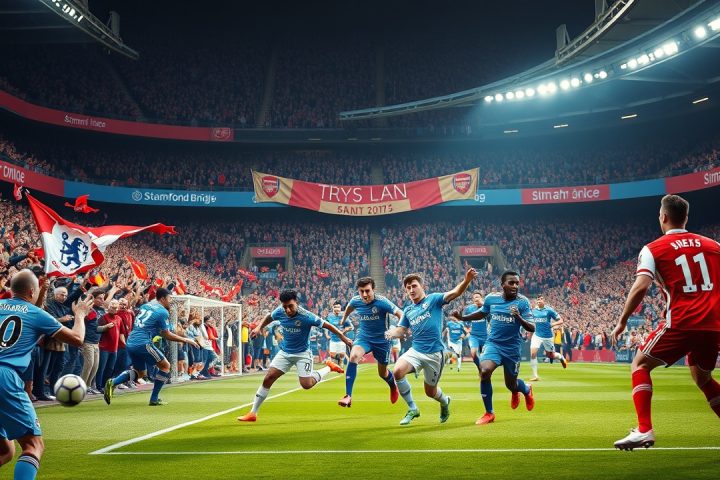Introduction
“Movement in football is inevitable, but the loyalty of players at Liverpool FC is what really matters,” remarked Kenny Dalglish on January 31, 2011. This statement came as Liverpool fans were bracing themselves for the significant departure of their leading goal scorer, Fernando Torres. His move to Chelsea for a staggering £50 million (approximately $68 million) was one of the most significant transfer stories in the Premier League at the time. This shift from Anfield to Stamford Bridge was perceived as a devastating blow by supporters who feared it signaled that the club was losing its grip on top talent amidst stiff competition from wealthier clubs.
Impact of Transfers
While Dalglish’s comments were meant to offer temporary comfort, the true silver lining appeared shortly after Torres’ exit in the form of Uruguayan striker Luis Suarez, who joined Liverpool for about £23 million— significantly less than the fee received for Torres. Both players had remarkable scoring records during their time at Liverpool; Torres netted 65 goals in 102 Premier League appearances, while Suarez scored 69 in 110 appearances. Despite the similar stats, many supporters considered Suarez to be a superior investment, especially since Torres struggled to make an impact at Chelsea afterward.
However, Liverpool’s impressive business could have reached its zenith had they not squandered much of the funds from Torres’ sale on the acquisition of Andy Carroll, who ended up being a disappointing player.
Successful Transfers in History
Finding an equal or superior replacement for a star player while also profiting from the transfer is a challenging task that some clubs have managed to achieve over the years. In 1995, Newcastle United faced backlash from fans after selling their top scorer Andy Cole to Manchester United for £6 million, which included winger Keith Gillespie in the deal. This transaction prompted protests and a famous address by manager Kevin Keegan aimed at calming upset supporters. However, the club’s decision to utilize £5 million of this transfer fee to sign Les Ferdinand from Queens Park Rangers proved far more effective, as Ferdinand quickly made an impact, scoring 25 goals in his first season and helping Newcastle finish in second place in the league.
Similarly, Everton sold star academy product Wayne Rooney to Manchester United in 2004 for an initial £20 million. While their investment of only £500,000 on Marcus Bent didn’t yield much success, their spending on Tim Cahill and Mikel Arteta for £1.5 million revitalized the squad, leading to a fourth-place finish without Rooney— their highest since the Premier League’s inception.
Modern Strategies
Reflecting recent successes, Nottingham Forest exemplified clever reinvestment strategies after selling Brennan Johnson to Tottenham Hotspur for £47 million. They acquired Anthony Elanga from Manchester United for £15 million, along with Callum Hudson-Odoi from Chelsea potentially costing them another £5 million. This tactical approach led to significant achievements for Forest, including qualification for the Conference League.
What’s more, clubs can use a strategic foresight to recruit replacements even before their star players depart. An unnamed former Premier League director pointed out this proactive approach, highlighting that signing new talent prior to significant departures can prevent rival teams from capitalizing on these sales. By having replacements already integrated into the team, they can acclimate without immense pressure and allow fans to appreciate them without direct comparison to their predecessors.
Case Studies
A prime example of this occurred with Liverpool’s acquisition of Mohamed Salah from Roma in 2017, prior to Philippe Coutinho‘s subsequent move to Barcelona for over £100 million in early 2018. This unforeseen timing allowed manager Jurgen Klopp to develop a powerful attacking trio featuring Salah, Sadio Mane, and Roberto Firmino, leading Liverpool to lift the Champions League trophy in 2019 and their first Premier League title in 2020.
Teams like Wolverhampton Wanderers exemplified this technique with their midfield reinforcements preparing for the eventual sale of Ruben Neves. Likewise, Brighton & Hove Albion effectively mastered the transfer market by selling Yves Bissouma to Tottenham for £30 million, having purchased Moises Caicedo for only £4 million previously. The strategic timing resulted in Caicedo stepping up to play an integral role for Brighton as they achieved their best-ever league finish.
Brighton also capitalized on the sale of Caicedo for a British record fee of £100 million in 2023 while simultaneously securing Carlos Baleba for £23 million, enabling the club to maintain a profitable structure in their evolution. These scenarios illustrate that clubs can adeptly navigate the challenges posed by losing star players through either strategic reinvestment ahead of time or timely decisions after sales, sometimes finding cost-effective alternatives that outperform expectations.




